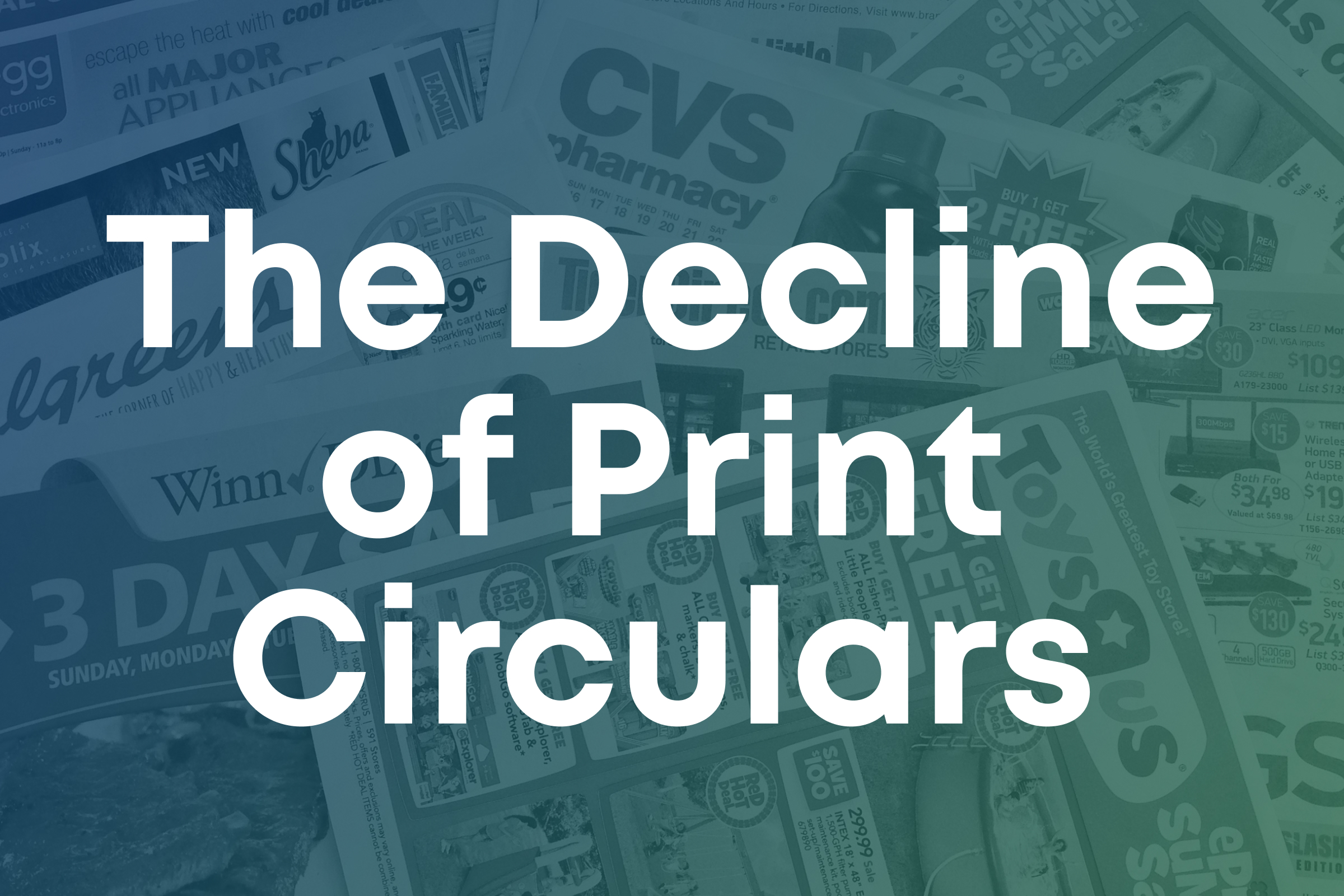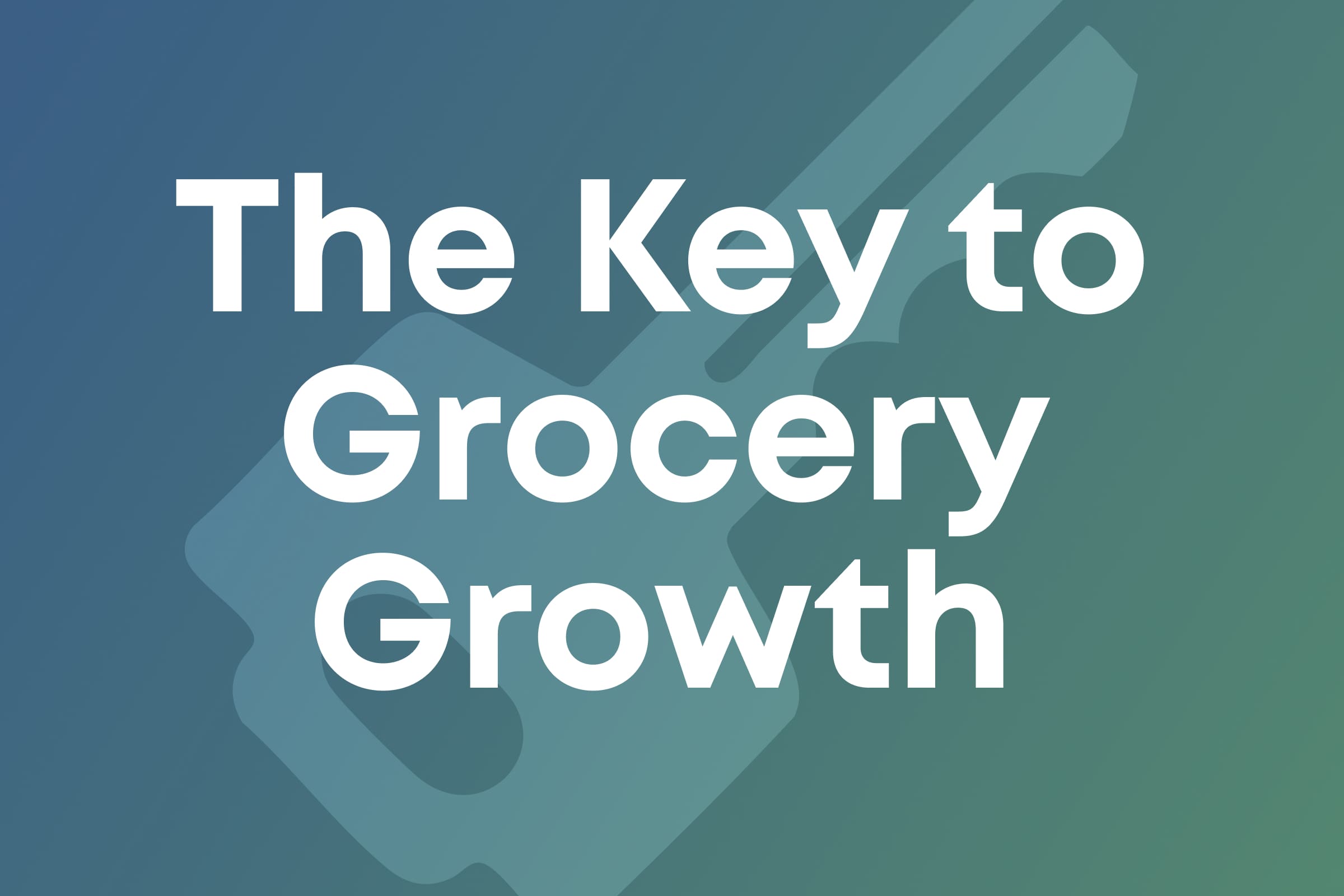The Rapid Rise of Omnichannel Retail Shopping
Henry Kim
Today’s consumer craves personalization and a seamless shopping experience — demands that can now be met due to rapidly-evolving technology.
Omnichannel shopping is everywhere. At Nordstrom, shoppers return online purchases through curbside pickup. At Target, customers choose from expanded online inventory available for same-day shipping or same-day store pickup. At Dollar Tree, customers access personalized videos, coupons, and recommendations through their mobile devices. Digital connections that bridge on and off-platform activities provide retailers with a competitive edge. Despite continued disruption from the global pandemic last year, omnichannel retailers grew their in-store sales by 20% on average.
While bigger companies, from Bed Bath and Beyond to Bloomingdale’s, may lead the adoption of omnichannel best practices, many brick-and-mortar retailers — particularly grocers — lag behind. Given that customer satisfaction can be made or broken with a single mouse click, brick-and-mortar retailers need to adopt an omnichannel approach to remain profitable and competitive in the years ahead.
What follows is an exploration of omnichannel shopping that uncovers why customer demand for omnichannel experiences remains consistently strong, and how omnichannel trends have evolved over the years to permanently alter the retail landscape.
.png)
Omnichannel Retail Defined
Simply put, omnichannel retail strategies leverage both digital (computer and mobile web) and offline (brick-and-mortar) channels to provide a consistent customer experience across the entire shopping journey. A retailer’s omnichannel presence typically extends across a website, mobile platform, social media profiles, and offline marketing materials.
What Does The Omnichannel Retail Shopping Experience Look Like?
Omnichannel shoppers use multiple channels across their customer journey, often flipping between in-store and digital activities. Given that over 85% of US shoppers now own smartphones, it’s easier than ever to browse the web, use a retailer app, redeem an emailed coupon in-store, locate local inventory, or make direct purchases through social media. Fueled by the pandemic and ever popular, consumers have grown accustomed to online ordering for delivery or curbside pickup
This type of hybrid customer is increasingly becoming the norm for a variety of reasons:
- Convenience: A shopper logs in at Target.com, places a jacket in the shopping cart, and later completes the purchase through the Target app via mobile device.
- Information: At Whole Foods, a consumer considers a new type of cereal, but wants to check the ingredients for allergens — an easy task through the retail app while in-store.
- Inventory: A preferred brand of face wash is out of stock at Ulta, so the shopper searches inventory at other local Ultas and ultimately orders direct-to-home shipping through the mobile app.
- Comparison: A customer is deciding between two different Macbooks but wants to research the differences online before making the purchase at an Apple store.
- Inspiration: A shopper needing ideas for dinner browses recipes, in-app suggestions, and digital retail loyalty offers before making a mobile shopping list.
- Speed: In an effort to avoid a long CVS Pharmacy checkout line, the shopper decides to scan the items with a mobile device and use self-checkout instead.
- Service: A shopper places a Kroger order online during their lunch break and gets the grocery items through curbside pickup to save time after work.
- Immediacy: After a disappointing online order, the customer returns a defective toy in store and uses the refund to purchase a replacement item right away.
- Lifestyle: People who grew up during the digital age have no trouble using hybrid tools to shop. In fact, 93% of shoppers between 18 and 39 use their smartphones in-store.
For a retailer, the first step toward a true omnichannel presence involves creating a feature-rich e-commerce platform that can deliver a truly connected shopping experience that customers have grown to expect and rely upon for everyday convenience.
The Rise of Omnichannel Retail
Consumer trends reflect why omnichannel retail is essential in the post-pandemic world:
- Customers seek value and convenience. According to McKinsey, 75% of shoppers are researching and purchasing both online and in store, with just 20% shopping solely in store and 5% shopping solely online. Within the preceding three months, shoppers bought items online for in-store pickup, ordered online grocery for delivery, and purchased directly through social media channels.
- Shoppers crave omnichannel experiences. All the most desired app features bridge the gap between digital and physical shopping experiences, including:
- App notifications when online orders are ready for pickup
- Digital coupon and loyalty reward redemption in-store
- The ability to scan and add gift cards to digital wallets
- The ability to check in-store product availability online
- Shoppers need better support. 55.6% of consumers surveyed feel customer support has worsened since the pandemic hit, and 70.4% of those shoppers changed brands as a result of a negative experience. “Omnichannel customer support” was mentioned as a top change they expect to see.
How Did Omnichannel Retail Become So Popular?
Long gone are the days when a customer walks down to the local corner store to pick up whatever is available or on sale. With endless in-store aisles and a vast sea of online options, shoppers rely on multiple channels to make informed purchase decisions. A September 2010 report from IDC Retail Insights contains one of the first mentions of omnichannel marketing as a profitable strategy. According to the report, omnichannel shoppers “will spend over 20 percent more than multichannel consumers, exhibit strong loyalty, and influence others to patronize the retailer.”
The rise of e-commerce giants like Amazon and eBay fueled the interest of brick-and-mortar retailers to create online selling opportunities of their own. Yet, it wasn’t enough to simply add an online channel. Bonton, Lord & Taylor, Sears — once major staples in American retail —were bankrupted by their inability to adapt. In 2011, J.C. Penney could have easily landed on the list of defunct department stores after a decision to offer entirely different sets of merchandise online vs. in-store led to a 32% decline in sales. They righted the ship with an omnichannel approach by 2013, prompting an immediate 6% sales uptick, followed by 26% growth in the first quarter of 2014.
With widespread smartphone adoption from 2010-2020, consumers grew to expect relevant and personalized content to flow across all channels, paving the way for the era of “commerce anytime, anyplace, anywhere.”
More recently, the global pandemic of 2020 prompted 2.14 billion people — nearly a third of the world’s population — to shop online due to lockdowns, fear, or convenience.
Two years later, we still see widespread:
- Webrooming: 59% of consumers surveyed by Forrester say they’re “likely to look at a product online and buy in-store.”
- Showrooming: 54% of consumers surveyed said they’re “likely to look at a product in-store and purchase online.”
How Adopting an Omnichannel Strategy Benefits Retailers
Though e-commerce grew 50% to $870 billion during the pandemic, 90% of retail purchases are still made offline in brick-and-mortar stores. Shoppers love being able to touch, feel, try on, and immediately leave with their items — in particular, Gen Zs like the presentation of trending items and personal attention they receive on a shopping trip IRL.
Aside from providing a vehicle for direct purchasing, online channels prove more critical to upper funnel goals — like building awareness, getting to know shoppers better, and solidifying brand reputation. As the marketplace stands now, the top 25 retail performers hold 90% of the market value — the largest percentage in recent history — retailers will need to win on all fronts to survive.
Omnichannel strategies that link in-store and warehouse inventory can also help retailers navigate the current environment of sustained inflationary pressures. By leveraging analytics technology to keep a pulse on customer behavior and improve supplier relationships, retailers better align themselves to serve shoppers and grow market share, even during periods of escalating costs.
Retail media is another trend fueling the rise of omnichannel shopping. Many of the fastest-growing retailers launch retail media networks to sell omnichannel ad space and build a profitable new revenue stream that is less impacted by inflation.
Why Customers Continue To Find Value in Omnichannel Shopping
In the years that follow, customers that shop exclusively online or solely in stores will become fewer and farther between. Retail shoppers have grown accustomed to the value hybrid shopping experiences provide, notably:
- Consistent, trustworthy branding and seamless transitions across touchpoints
- Straightforward, uninterrupted customer journeys across channels
- Opportunities for personalization and relationship-building with preferred retailers
- Expanded purchase options above and beyond limited in-store assortments
- Choices on where, when, and how to purchase — often saving time and/or money
- Information that supports decision-making at crucial moments near the point of purchase
- Digital retail loyalty program access to coupons, deals, loyalty points, and VIP offers
- Efficient and high-quality customer service in line with brand expectations
- Relevant recommendations based on past purchase history and preferences
- Support from pre-trip planning through post-purchase through any device or channel
The Future Is Omnichannel
More than a passing trend, ubiquitous omnichannel retail is here to stay as the new permanent status quo. Nearly every purchase a customer makes is digitally connected, as journeys begin online with research, list-making, and local inventory searches — and culminate with real-time personalized advertising, digital retail loyalty program use, and self-service mobile checkouts in brick-and-mortar stores.
Contact Swiftly to learn more how to service the unique needs of today’s customers by building a robust e-commerce platform that supports an omnichannel experience.





